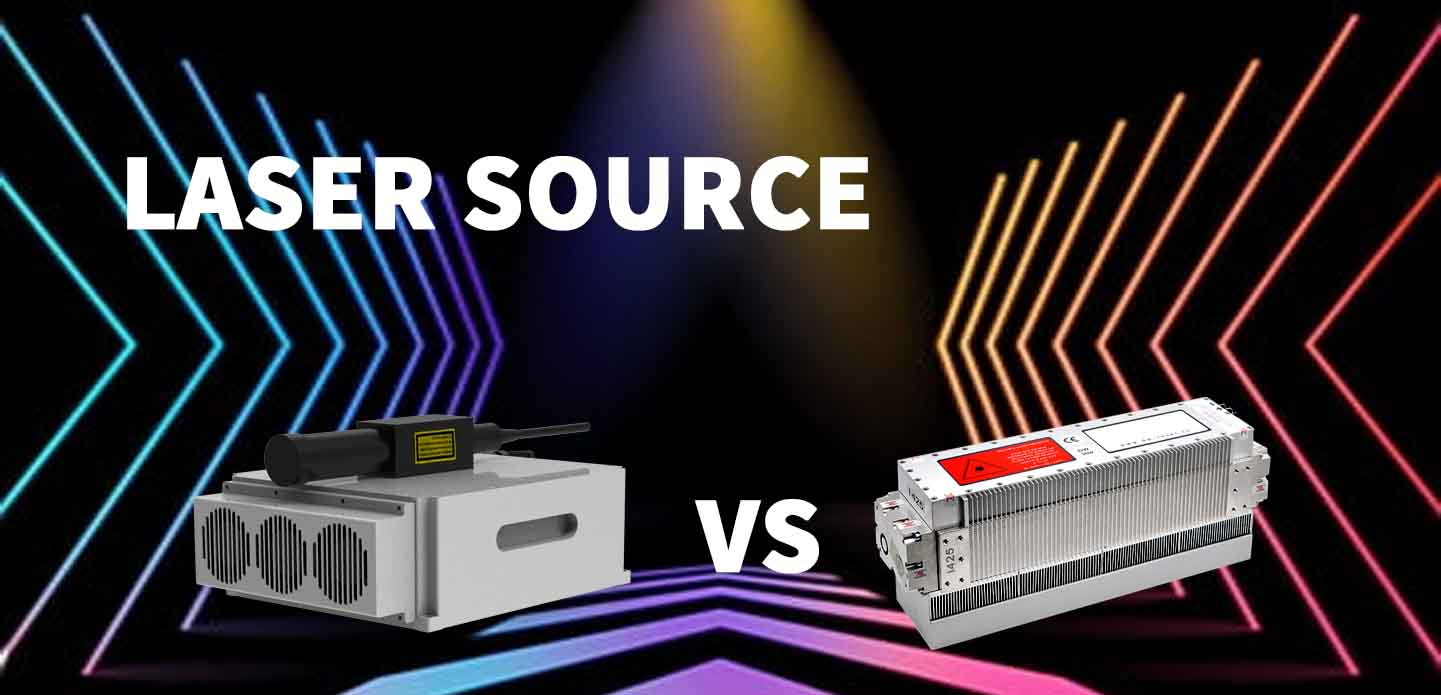In the realm of laser technology, two prominent types of lasers have gained significant attention for their diverse applications: fiber lasers and CO2 lasers. Both technologies offer unique advantages and serve different purposes across a variety of industries. This article explores the key differences, advantages, and suitable applications of fiber and CO2 lasers to help you better understand which option may be the most effective for your specific needs.
Understanding Laser Technology
At its core, laser technology involves the propagation of light through a medium that is energized to emit photons, creating a focused beam of light. This beam can be harnessed for cutting, engraving, welding, and marking a variety of materials. The type of laser selected greatly impacts efficiency, precision, and the types of materials that can be processed.
Fiber Lasers: Key Features and Applications
Fiber lasers are a type of solid-state laser that uses a fiber optic cable as its active gain medium. This technology has rapidly emerged as a preferred choice in various industries, and for good reason.
**Advantages of Fiber Lasers:**
1. **High Efficiency:** Fiber lasers demonstrate exceptional electrical-to-optical conversion efficiency, often exceeding 30%. This translates to lower operating costs and reduced energy consumption.
2. **Durability and Longevity:** With no moving parts and a robust design, fiber lasers are rugged and designed for prolonged use, making them ideal for industrial applications.
3. **Precision and Quality:** The focused beam of a fiber laser allows for high-precision cutting and engraving, resulting in clean edges and detailed finishes.
4. **Versatility:** Fiber lasers can cut a wide range of materials, including metals (steel, aluminum, copper), and some non-metallic materials (acrylic, wood), making them a versatile option for many manufacturing and fabrication applications.
5. **Low Maintenance:** The solid-state nature of fiber lasers reduces the need for regular maintenance, allowing for more uptime in production environments.
CO2 Lasers: Key Features and Applications
CO2 lasers, on the other hand, utilize a gas mixture that includes carbon dioxide as the lasing medium. This type of laser has been widely used for several decades and remains a staple in many industries.
**Advantages of CO2 Lasers:**
1. **Material Versatility:** CO2 lasers excel in cutting and engraving a wide variety of non-metal materials such as plastics, glass, wood, and fabrics, making them a top choice for signage, art, and composite materials.
2. **High Power Outputs:** CO2 lasers are available in high power output versions, making them suitable for cutting thicker materials and performing larger jobs.
3. **Excellent Engraving Capabilities:** CO2 lasers deliver superb engraving quality, especially on organic materials, offering high-resolution detail and flexibility in design.
4. **Established Technology:** With many years of use, CO2 lasers have a track record of reliability and a wealth of supporting technology and components available in the market.
Comparing Efficiency and Costs
When comparing fiber and CO2 lasers, efficiency is a key consideration. Fiber lasers tend to be more energy-efficient and boast faster cutting speeds, particularly when processing metals. Conversely, while CO2 lasers perform better with non-metallic materials, their operational costs may be higher due to lower efficiency and greater energy consumption.
Which Laser to Choose?
The decision of whether to use a fiber or CO2 laser largely depends on the specific application requirements. If your primary focus is on metal cutting or high-speed operations, a fiber laser is likely the better choice. On the other hand, if your work involves cutting or engraving organic materials or plastics, a CO2 laser may serve you better.
Conclusion
In conclusion, both fiber and CO2 lasers have unique advantages that make them suitable for distinct applications in various industries. Understanding the basic principles of each type and evaluating your specific needs will aid in making an informed decision. The future of laser technology will continue to evolve, but for now, each type remains critical in advancing manufacturing, design, and production processes. Ultimately, leveraging the right laser technology can significantly enhance productivity and precision in your operations.
由投稿用户稿件整理稿件发布,不代表本站观点及观点,更多交流学习之用,如涉及版权等问题,请随时联系我们(yangmei@bjjcz.com),我们将在第一时间给予处理。






